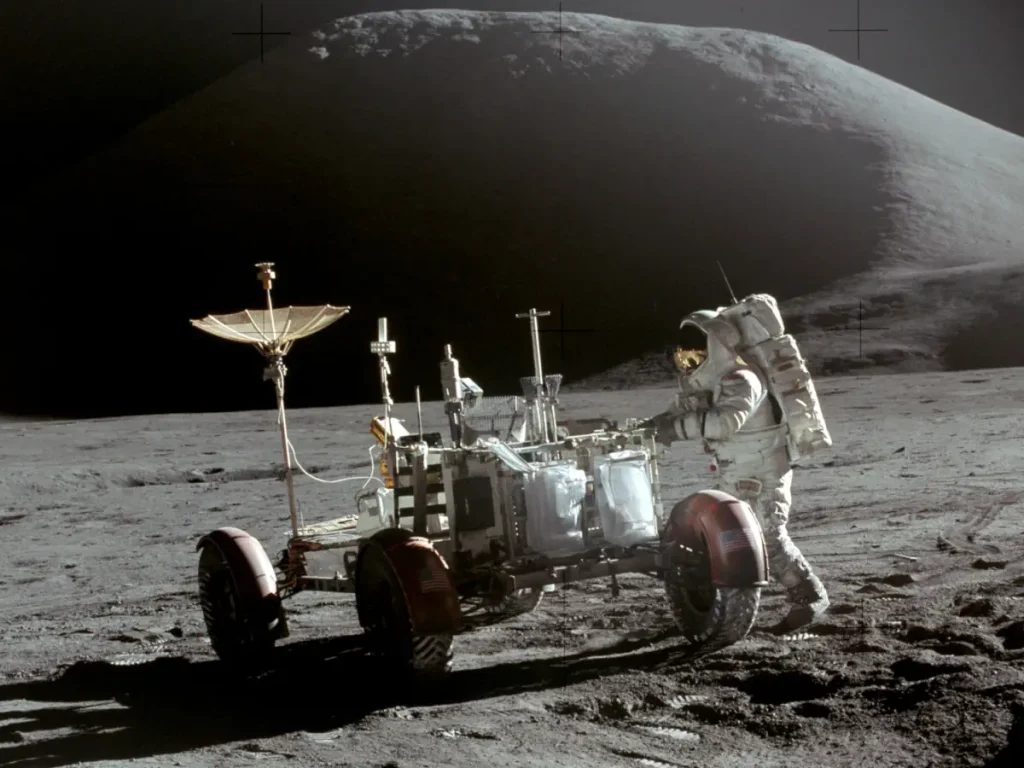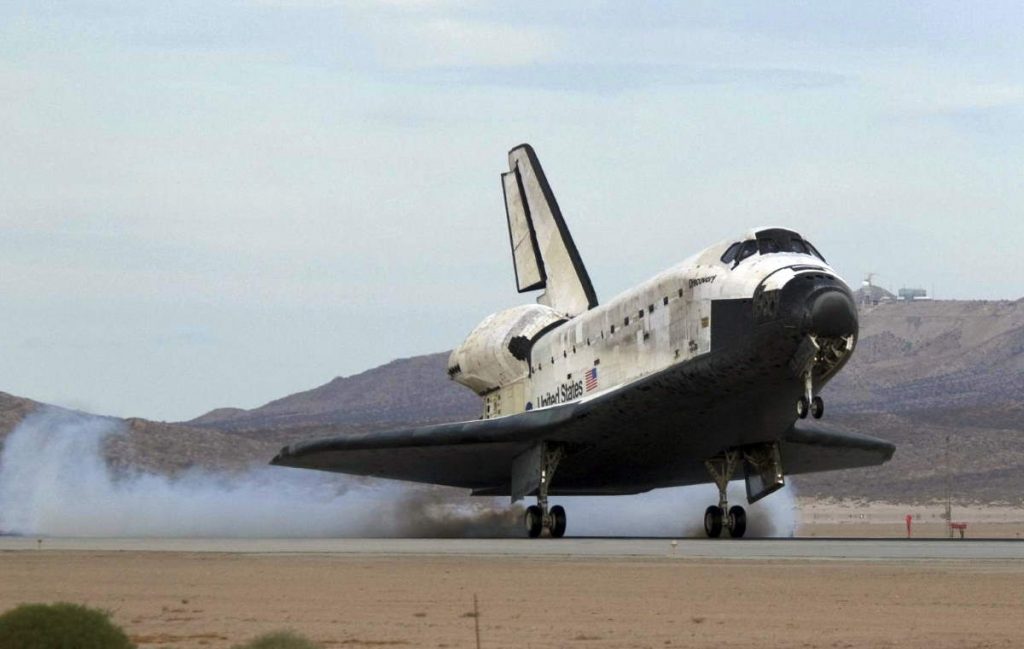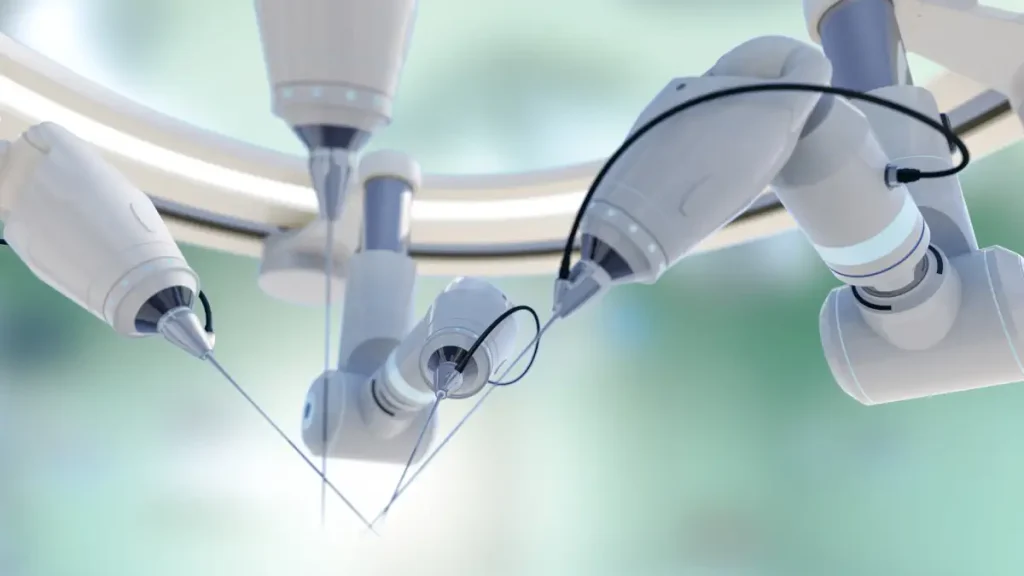A lot of people ask “Why NASA is spending billions on space exploration? We have a lot of problems here on Earth. Wouldn’t it be better to spend that much on earthly problems?”
Why are we spending money on Space research?
First of all, the money spent by NASA is really small compared to other expenses such as the military budget, or even individual waste combined.
Curiosity… passion for learning… these are what made us humans. Even these are enough to legitimate the money spent on space exploration and research. As Carl Sagan once said:
“Cutting off fundamental, curiosity-driven science is like eating the seed corn. We may have a little more to eat next winter but what will we plant so we and our children will have enough to get through the winters to come?”
Carl Sagan
But, there are other reasons, of course. Technology developed by NASA and other space agencies has many applications in modern life, from forecasting natural disasters to GPS and even smartphones.
Recently, NASA has published an article titled “5 Auto Innovations Driven by NASA”. Here’s the article below – I added the sixth item to the list – the Flywheel Energy Storage Technology, which is a chemical-free mechanical battery that harnesses the energy of a rapidly spinning wheel and stores it as electricity 50 times the storage capacity of a lead-acid battery.
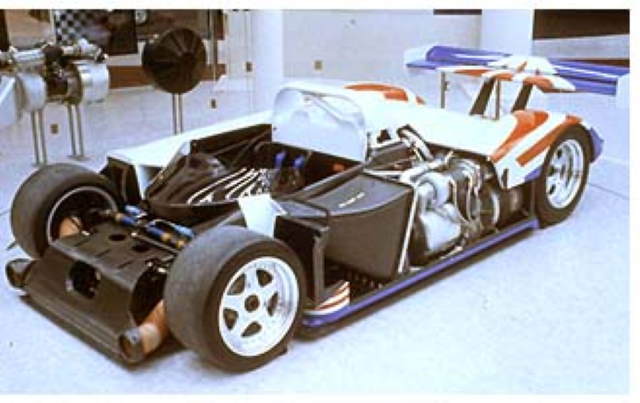
Auto Innovations Driven by NASA research
Space technology developed by and for NASA has made its way into cars and even onto the NASCAR track. Future collaborations with the auto industry and car manufacturers could change how we get from point A to point B. NASA helped drive the following five auto innovations.
1. NASA standards helped design comfortable car seats
Fewer drivers on the road may be complaining about uncomfortable seats, thanks to NASA.
When astronauts were aboard the first space station (Skylab, occupied for about 24 weeks between May 1973 and February 1974), NASA studied the posture their bodies naturally assumed in microgravity. The initial research and follow-on studies helped design everything from International Space Station work areas to the Orion spacecraft interior to comfortable new car seats in vehicles on Earth.
Nissan Motor Company turned to NASA research as a starting point for developing a new driver’s seat. Like an astronaut, the driver of a car needs to be safe and comfortable to operate the vehicle efficiently for extended periods.
After years of research throughout the early 2000s and positive results, the car manufacturer debuted the seat derived from NASA standards in the 2013 Altima. Today, the design is in various Nissan models.
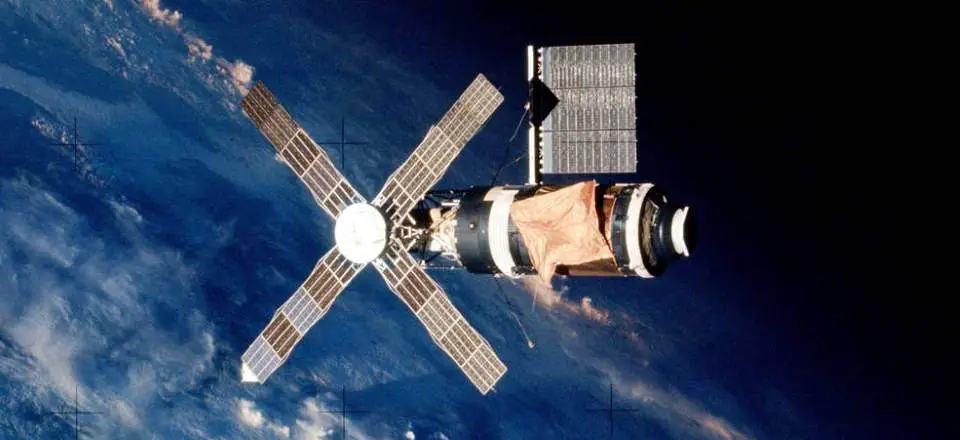
2. Spacecraft tire sensors warn drivers of flat tires
A flat tire can take drivers by surprise. That should be happening less these days, thanks to tiny sensors that light up a dashboard warning whenever the tire pressure is off.
Proper tire pressure was crucial for a safe space shuttle landing on Earth, but in the early days of the program, there wasn’t a good way to gauge pressure in flight accurately. Among other solutions NASA explored, the agency contracted with a company to build a tire pressure sensor for the space shuttle.
The technology converts pressure into electrical resistance and generates real-time readings. After the company delivered the device to NASA, they adapted the sensor for cars. Today, U.S. law requires a pressure gauge on every car tire.
3. NASA-funded research brought about a new application of nanotechnology, repairing engine damage in cars and trucks
Friction causes wear and tear on spacecraft components – and on car engines, too. Lubricants that reduce friction only delay and minimize this inevitable damage. NASA was interested in materials that could restore damaged parts to a like-new condition without replacing them, and funded research into using nanotechnology.
The aim was to use an existing liquid lubricant to carry nanoparticles to the point of friction to fill in tiny cracks or worn spots. In addition to keeping parts in good repair, such a lubricant could extend the systems’ working life. Initial research identified the best material – a type of ceramic – was effective, durable, and nontoxic.
Qualifying the early-stage technology for use in space wasn’t practical, but research and development continued in the private sector. Today, tens of thousands of cars and trucks use the formula to keep engine parts in good shape.
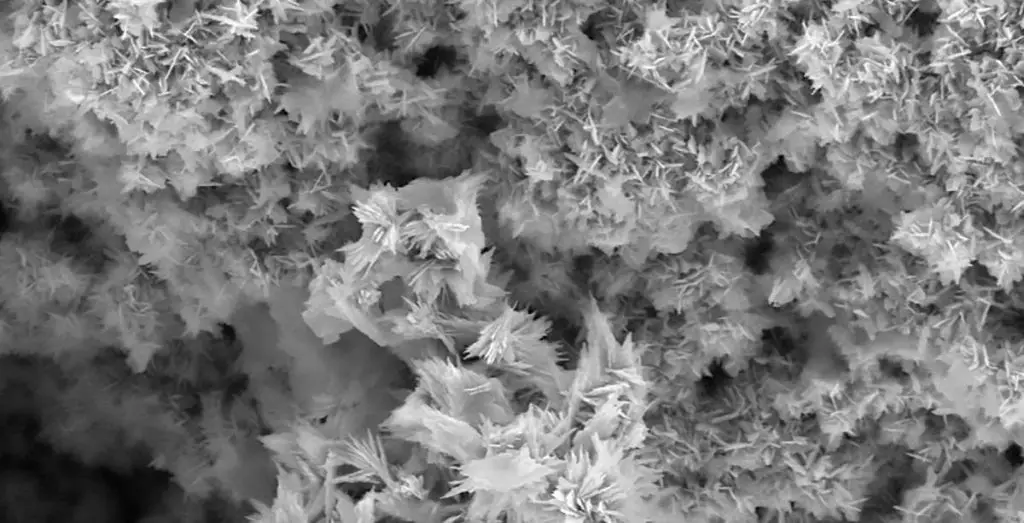
4. NASA technology protects race car drivers from extreme heat – and headaches
Speeding race car drivers are in the hot seat in more ways than one. Temperatures inside a stock car’s cockpit can soar to an estimated sweltering 160 °F / 71 °C. That extreme heat comes through the engine firewall, transmission tunnel, and floor.
Based on materials used to protect the space shuttle from the temperatures experienced as the crafts slammed back into Earth’s atmosphere (and faced temperatures up to 3,000 °F / 1,649 °C), a company created blanket insulation kits to shield race cars drivers from excessive heat exposure.
Another byproduct of racing is combustion fumes that can cause headaches, nausea, and dizziness. Racing engineers adapted a NASA space technology to create a filter that removes 99% of all airborne particles. The filter provides drivers with fresh, clean air.
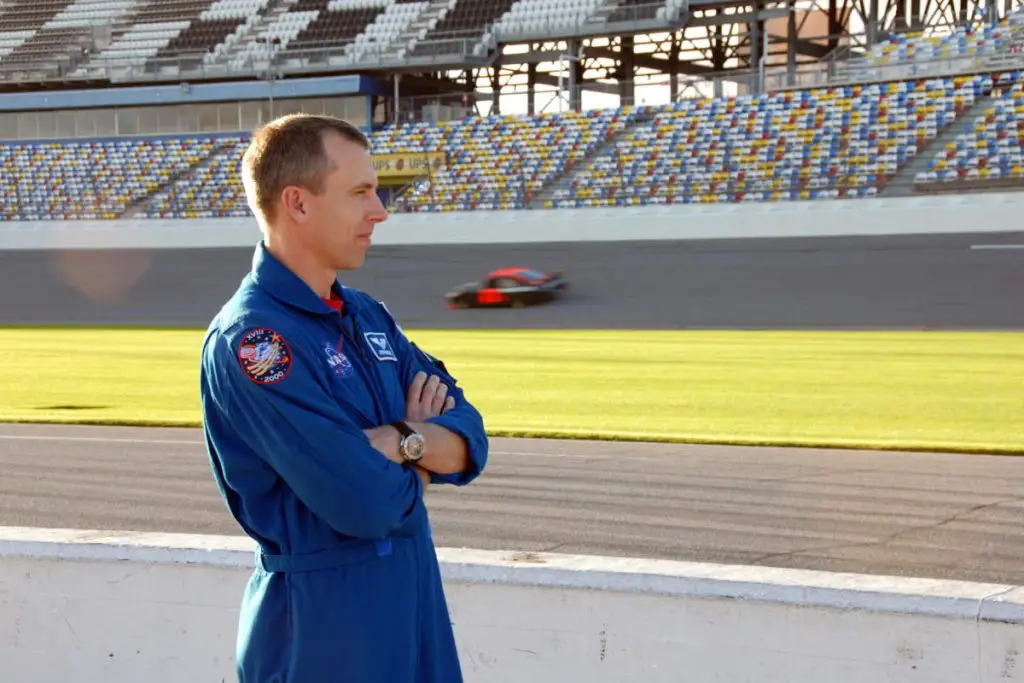
5. Space technologies could help self-driving cars navigate the roads
Just as robotic lunar landers and Mars rovers need “eyes” to guide them safely around the rocks and crevices of unfamiliar terrain, an autonomous car must safely navigate unforeseen obstacles.
NASA space technologies – lasers for landing on the Moon and artificial intelligence for navigating on other worlds – are helping make self-driving cars on Earth safer. The systems could revolutionize how cars navigate rush hour traffic and avoid collisions.
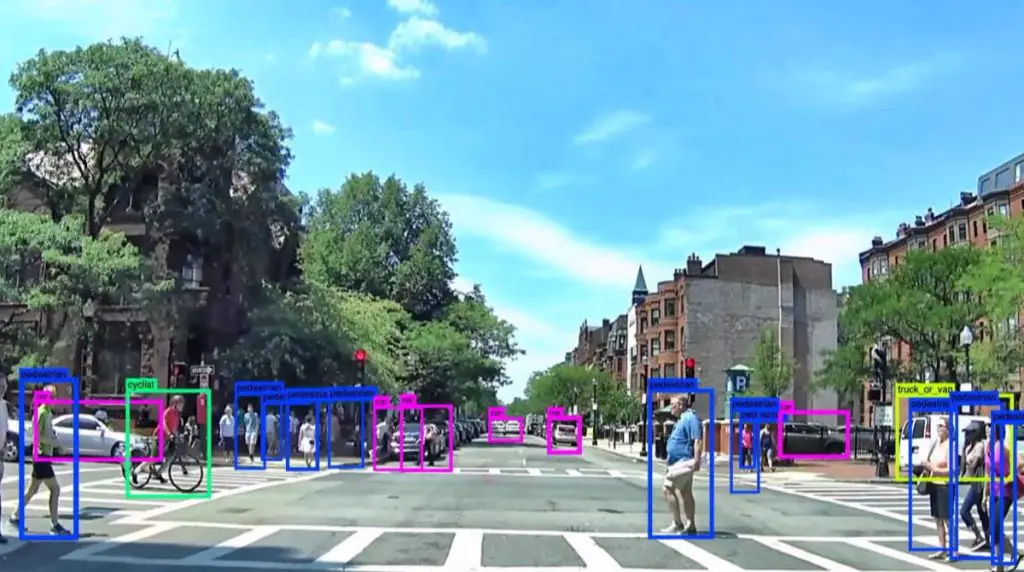
6. Flywheel Energy Storage System
A flywheel is a chemical-free mechanical battery that harnesses the energy of a rapidly spinning wheel and stores it as electricity with 50 times the storage capacity of a lead-acid battery.
Flywheels operate similar to a spinning toy top, but spin at higher rates of speed and are much larger. They were more common before batteries were widely used, but are still used today in potter’s wheels, gears in a clock, and in treadle sewing machines.
NASA has taken that concept even further. Researchers at NASA’s Glenn Research Center in Cleveland — and several other agencies, including Northrup Grumman Space Technologies, University of Texas Center for Electromechanisms, Texas A&M University, University of Toledo, and Lockheed Martin — have developed a flywheel energy storage system that has reached speeds of 60,000 revolutions per minute.
This is the highest speed ever demonstrated for a flywheel, which works out to nearly 2.5 times the speed of sound. Their ability to reach such speeds and store so much energy makes them an ideal candidate for replacing rechargeable chemical batteries on future spacecraft (and cars, trucks, aircraft, etc).
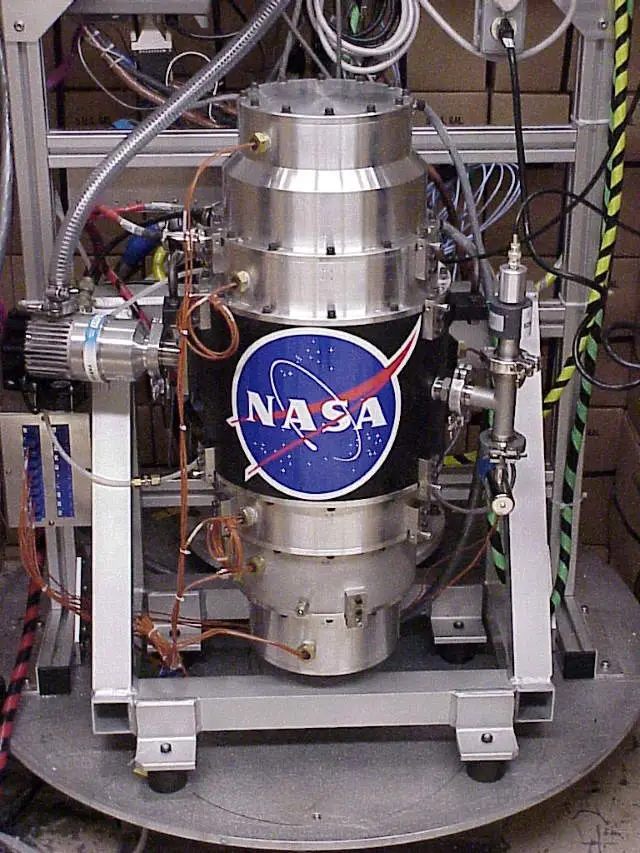
Technology Benefits of Energy Storage System
The flywheel technology has inherent aspects that provide an advantage over other energy storage technologies. These benefits include
- Environmentally friendly: Flywheel systems use nontoxic materials that can be recycled.
- Low maintenance/long life: Magnetically suspended flywheel systems have a long life minimizing maintenance and replacement.
- Response time: Flywheels have a rapid response to peak power demand.
- Degradation: Flywheels do not experience performance degradation based on the depth of discharge or charge/discharge power.
- Temperature: Wide operating temperature ranges, thus requiring less thermal control-flywheels can be located outside climate-controlled buildings, reducing heating, ventilation, and air conditioning (HVAC) costs.
- Affordable: Minimize maintenance and overhead to reduce total cost of ownership
Commercial applications:
- Grid energy storage for power plants
- Energy storage for remote bases
- Uninterruptable Power Supplies (UPS)
- Load-leveling for aircraft or automotive purposes (e.g., delivery trucks)
- Power quality improvement
Noncommercial applications:
- Department of Defense forward operating bases
- Spacecraft energy storage and momentum
control
NASA has a long history of transferring technology to the private sector. The agency’s Spinoff publication profiles NASA technologies that have transformed into commercial products and services, demonstrating the broader benefits of America’s investment in its space program. The Spinoff is a publication of the Technology Transfer program in NASA’s Space Technology Mission Directorate.
Sources
- Flywheel Energy Storage System on spinoff.nasa.gov
- Flywheel energy storage on Wikipedia
- “5 Auto Innovations Driven by NASA” on the NASA website
- “Reinventing the Wheel” on NASA.gov
- NASA Flywheel Program (PDF)
- Space Shuttle Endeavour’s Touchdown Meets Columbia’s Salute [An amazing photo from the past] - February 29, 2024
- Moon Landings: All-Time List [1966-2024] - February 23, 2024
- From Orbit to Ordinary: 10 Earthly Applications of Space Technology - January 23, 2024

